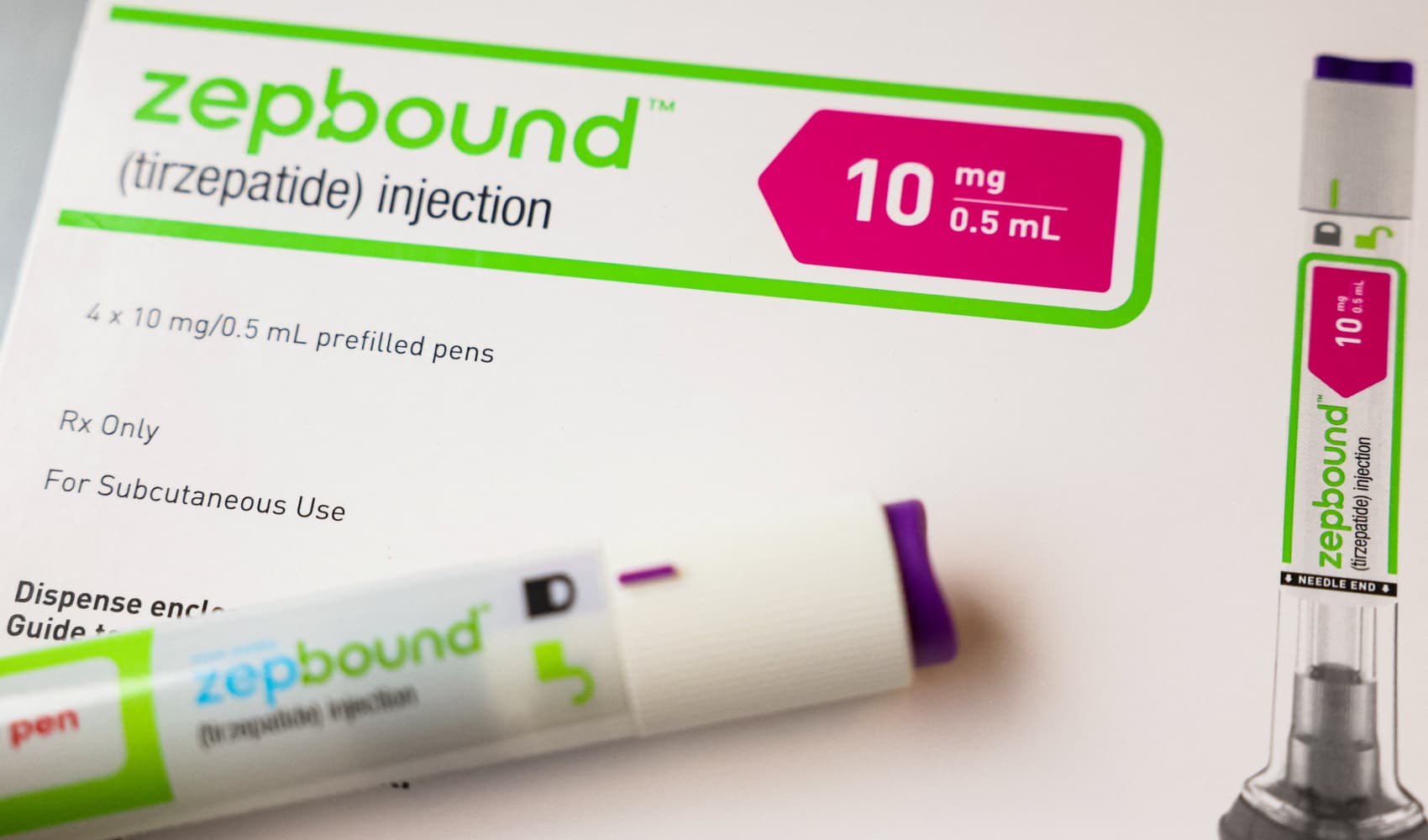Elliott Shakes BP: Shares Whipsaw on Activist Stake
BP Shares Rocked: Elliott's Stake Sparks Investor Frenzy
Introduction: A Wild Ride for BP Investors
Buckle up, investors! It's been a rollercoaster week for BP shares. The stock has been doing the tango, swinging up and down like a yo-yo. What's behind all this volatility? Enter Elliott Management, the activist investor who's just disclosed a significant stake in the British oil giant. Their move has sent ripples through the market, and BP shares have been feeling the aftershocks. So, what exactly is going on, and what does it mean for the future of BP?
Elliott's Entrance: A 5% Game Changer
So, what's the big deal about Elliott buying a piece of BP? Well, they're not just passive investors. Elliott Management is an "activist" investor, meaning they like to shake things up. They've built a holding of 5.006% in BP, according to a regulatory filing that was revealed late Tuesday. This isn't a small amount; it's enough to make their voice heard loud and clear.
Why 5.006% Matters
The 5% threshold is important because it triggers certain reporting requirements. Any investor holding more than 5% of a company's shares has to publicly disclose their position. This transparency allows other investors to understand who the major players are and what their intentions might be. Think of it as Elliott announcing, "Hey everyone, I'm here, and I'm watching!"
The Market's Reaction: A Whiplash Effect
The market's response to Elliott's stake was, shall we say, "dynamic." BP shares initially jumped as much as 5% on Wednesday, fueled by speculation about what Elliott might do. But then, almost as quickly, those gains evaporated, and the stock closed down 0.3%. It's like a sugar rush followed by a crash. Why such a volatile reaction?
Gains and Losses: A Balancing Act
The initial surge likely reflects investor excitement about the potential for change at BP. Elliott's involvement often leads to companies re-evaluating their strategies and potentially improving their financial performance. The subsequent pullback suggests that investors are also wary. Activist investors can be unpredictable, and their strategies don't always pay off. The market is weighing the potential benefits against the risks.
BP's Pivot: From Green to Grey (and Back?)
In recent years, BP has been trying to transform itself from a traditional oil giant into a more sustainable energy company. They've invested heavily in renewable energy projects and set ambitious targets for reducing their carbon emissions. However, some investors have been critical of this strategy, arguing that it's hurting the company's profitability. Is that the reason for Elliot taking an active stake?
The Allure of Oil: A Short-Term Fix?
In response to investor concerns, BP has recently started to pivot back to oil and gas. They've scaled back some of their renewable energy plans and emphasized the importance of traditional fossil fuels in meeting global energy demand. This shift is seen as a way to boost short-term profits and restore investor confidence. But could it be a step backward in the long run? Time will tell.
Who Else is Holding BP Stock?
Elliott isn't the only big player in BP's shareholder lineup. Other major investors include institutional giants like BlackRock, Vanguard, and Norway's sovereign wealth fund. These shareholders have different investment strategies and priorities, which can create interesting dynamics within the company.
The Power of Institutional Investors
Institutional investors wield significant influence over the companies they invest in. They have large holdings and sophisticated investment teams, and they can use their voting power to shape corporate strategy. The presence of BlackRock, Vanguard, and Norway's sovereign wealth fund adds another layer of complexity to the situation at BP.
Elliott's Playbook: What Could They Do?
So, what exactly might Elliott be planning to do with their stake in BP? Well, they have a few options. They could push for changes to the company's strategy, demand a seat on the board of directors, or even try to force a sale of the company. Their track record shows a willingness to use a variety of tactics to achieve their goals.
Demanding Change: A Catalyst for Action
Elliott could pressure BP to further scale back its renewable energy investments and focus more on oil and gas production. They might argue that this is the best way to maximize shareholder value in the short term. Alternatively, they could push for changes to BP's management team or call for a strategic review of the company's assets.
The Future of BP: Navigating a Complex Landscape
The arrival of Elliott Management adds a new level of uncertainty to BP's future. The company is already grappling with the challenges of the energy transition, volatile oil prices, and shifting investor sentiment. Now, they have to contend with an activist investor who's known for demanding change.
Balancing Act: Sustainability vs. Profitability
BP faces a difficult balancing act. They need to invest in renewable energy to meet the demands of a changing world, but they also need to generate profits to satisfy their shareholders. Finding the right balance will be crucial to the company's long-term success.
Expert Opinions: What Analysts Are Saying
Analysts are divided on the implications of Elliott's stake in BP. Some believe that it could be a positive development, as it could force the company to become more efficient and focused. Others are more cautious, warning that Elliott's demands could undermine BP's long-term sustainability goals. What do the experts think?
The Bull vs. Bear Debate
The bullish analysts argue that Elliott's involvement will unlock hidden value within BP. They believe that the company is undervalued and that Elliott can help to streamline operations and improve profitability. The bearish analysts, on the other hand, worry that Elliott's focus on short-term gains could come at the expense of BP's long-term strategy.
Investor Sentiment: Reading the Tea Leaves
Ultimately, the success or failure of Elliott's investment in BP will depend on how other investors react. If other shareholders support Elliott's demands, it could give the activist investor significant leverage. If, however, other investors remain loyal to BP's management team, Elliott's influence will be limited.
Waiting Game: Observing Market Dynamics
For now, investors are in a wait-and-see mode. They're watching to see what Elliott will do next and how BP's management team will respond. The next few months could be pivotal in determining the future of the British oil giant.
Conclusion: Key Takeaways for BP Investors
The bottom line? Elliott Management's stake in BP has injected a dose of uncertainty into the company's future. The market reaction has been volatile, reflecting the complex dynamics at play. BP faces a challenging balancing act between sustainability and profitability, and Elliott's presence adds another layer of complexity. Investors should carefully consider the risks and opportunities before making any decisions about BP stock. Keep a close eye on developments – this story is far from over.
Frequently Asked Questions
Here are some frequently asked questions about Elliott Management's stake in BP:
- What is an activist investor? An activist investor is someone who buys a significant stake in a company and then uses their influence to push for changes that they believe will increase shareholder value.
- Why did Elliott Management buy a stake in BP? It's likely that Elliott believes BP is undervalued and that they can unlock hidden value by pushing for changes in the company's strategy or operations.
- What changes might Elliott push for at BP? Elliott could push for a variety of changes, including scaling back renewable energy investments, focusing more on oil and gas production, demanding a seat on the board of directors, or even trying to force a sale of the company.
- How will Elliott's stake affect BP's stock price? The impact on BP's stock price is uncertain. The stock could rise if investors believe Elliott's involvement will lead to positive changes. However, the stock could also fall if investors are worried about the potential for conflict or disruption.
- What should BP investors do now? Investors should carefully consider the risks and opportunities before making any decisions about BP stock. It's important to stay informed about developments at the company and to consult with a financial advisor if you have any questions or concerns.








